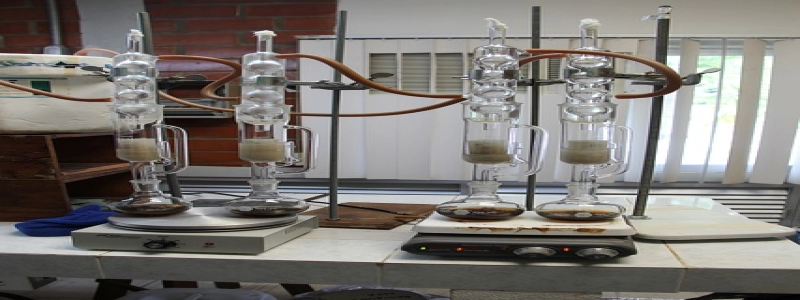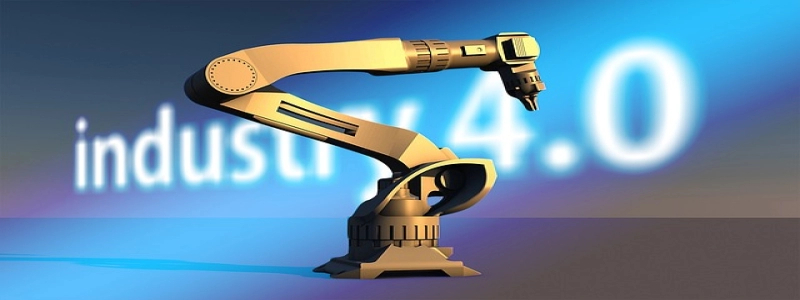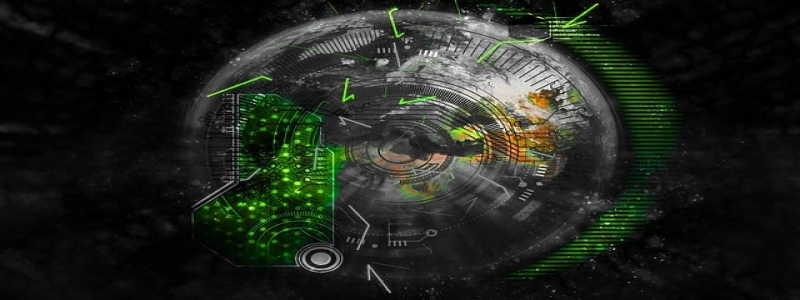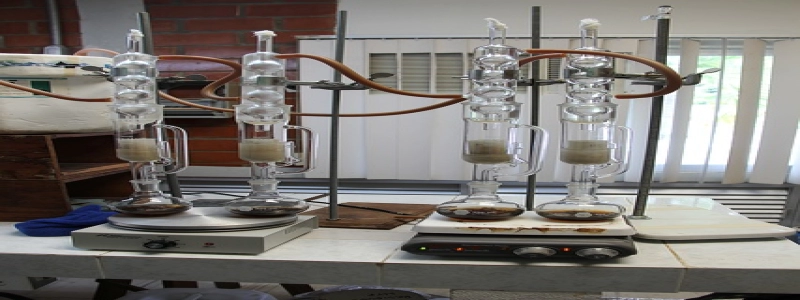Ethernet 5e vs 6: Comparing Speed and Performance
Introduction:
Ethernet cables are the backbone of modern networking, allowing us to connect devices and access the internet. As technology advances, the demand for faster and more reliable connections becomes even more crucial. In this article, we will compare Ethernet 5e and Ethernet 6 cables, focusing on their speed and performance.
I. Ethernet 5e:
Ethernet 5e, also known as Cat 5e, is an improved version of the original Cat 5 cable. It is widely used for home and small business networking due to its affordability and compatibility with most devices. Here are the key features of Ethernet 5e:
1. Speed: Ethernet 5e supports speeds of up to 1000 Mbps (1 Gbps). This is more than enough for most common internet applications, including streaming, online gaming, and file transfers.
2. Performance: It offers excellent performance for short to medium-length cable runs, typically up to 100 meters. It provides reliable data transmission, resulting in minimal data loss and low latency.
3. Compatibility: Ethernet 5e is backward compatible with Cat 5 and Cat 3 cables. It can be used with older devices and networking equipment without any issues.
II. Ethernet 6:
Ethernet 6, also known as Cat 6, is the successor to Cat 5e and offers several improvements over its predecessor. It is designed to deliver higher speeds and better performance for more demanding applications. Let’s look at the key features of Ethernet 6:
1. Speed: Ethernet 6 supports speeds of up to 10,000 Mbps (10 Gbps). This significantly higher speed makes it ideal for bandwidth-intensive activities, such as data centers, video editing, and large file transfers.
2. Performance: It provides superior performance and less interference compared to Ethernet 5e. The use of tighter cable twists and better insulation reduces crosstalk and electromagnetic interference, resulting in a more stable and reliable connection.
3. Cable Length: Ethernet 6 can reliably transmit data up to 55 meters. While this may be shorter than Ethernet 5e, it is usually not an issue in residential or small office environments.
III. Conclusion:
In conclusion, both Ethernet 5e and Ethernet 6 cables have their place in modern networking. Ethernet 5e is a cost-effective solution for home and small business networks, offering sufficient speed and performance for most applications. On the other hand, Ethernet 6 is the go-to choice for professional environments that require higher speeds and exceptional performance.
When choosing between Ethernet 5e and Ethernet 6, consider the specific needs of your network. If you don’t require extremely high speeds or have budget constraints, Ethernet 5e is a reliable option. However, if you need the utmost speed and performance, especially for demanding tasks, Ethernet 6 is the superior choice.
Remember to also consider the corresponding devices and networking equipment, as they must support the chosen Ethernet standard. This will ensure compatibility and optimal performance throughout your network.








